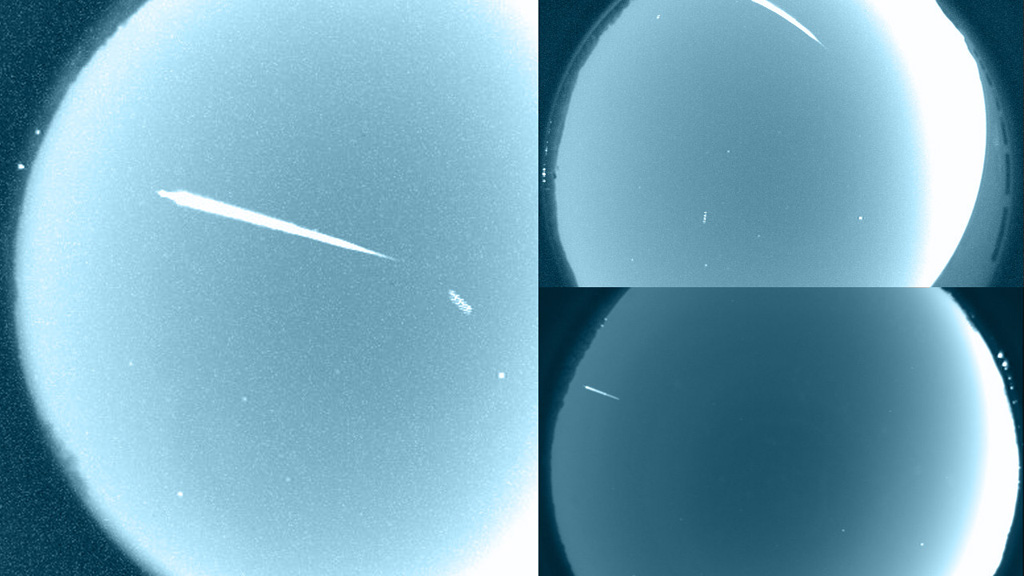Planets and Moons
Universe
ID: 11231

Not only does spring herald warmer days and blooming flowers, it also kicks off fireball season—a time of year when bright meteors appear in greater number than usual. Oftentimes fragments of asteroids and comets, meteors typically range in size from a few feet to smaller than a grain of sand. As these objects enter Earth's atmosphere, they break apart in fiery displays that last only seconds. In the weeks around the start of spring, the appearance rate of bright meteors, aka fireballs, can increase by as much as 30 percent. The reason why is still unknown, but one hypothesis is that more space debris litters this section of Earth's orbit. In search of the answer, NASA scientists set up a network of ground cameras that track and record video of meteors flaming overhead. The footage can be used to pinpoint a meteor's orbit and origin. Watch the video to learn more.


It's Fireball Season



For More Information
Story Credits
Please give credit for this item to:
Science@NASA and NASA's Goddard Space Flight Center
Cover image courtesy of Howard Edin, Oklahoma City Astronomy Club
Ground camera images and video courtesy of NASA/MSFC/Meteoroid Environments Office/Bill Cooke, Danielle Moser
Science@NASA and NASA's Goddard Space Flight Center
Cover image courtesy of Howard Edin, Oklahoma City Astronomy Club
Ground camera images and video courtesy of NASA/MSFC/Meteoroid Environments Office/Bill Cooke, Danielle Moser
Short URL to share this page:
https://svs.gsfc.nasa.gov/11231
Keywords:
SVS >> App
NASA Science >> Planets and Moons
NASA Science >> Universe
https://svs.gsfc.nasa.gov/11231
Keywords:
SVS >> App
NASA Science >> Planets and Moons
NASA Science >> Universe







